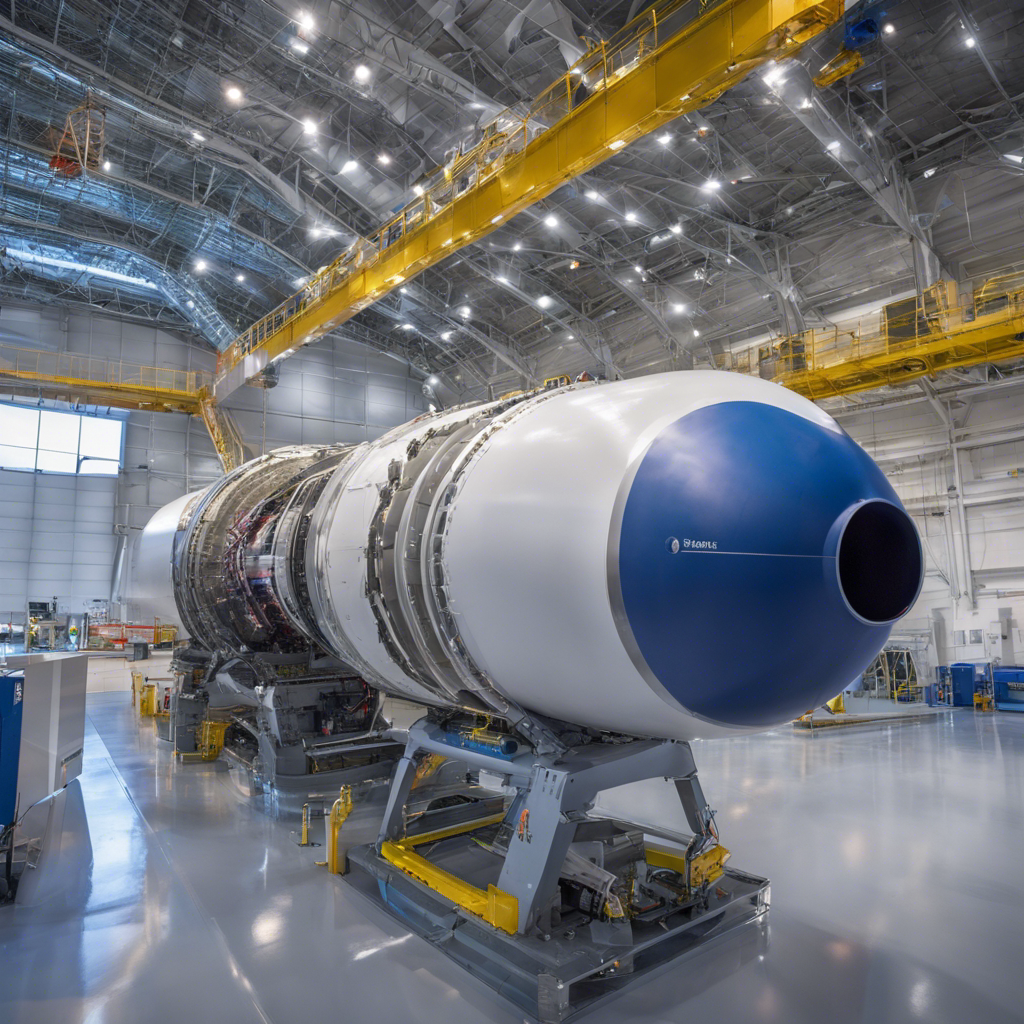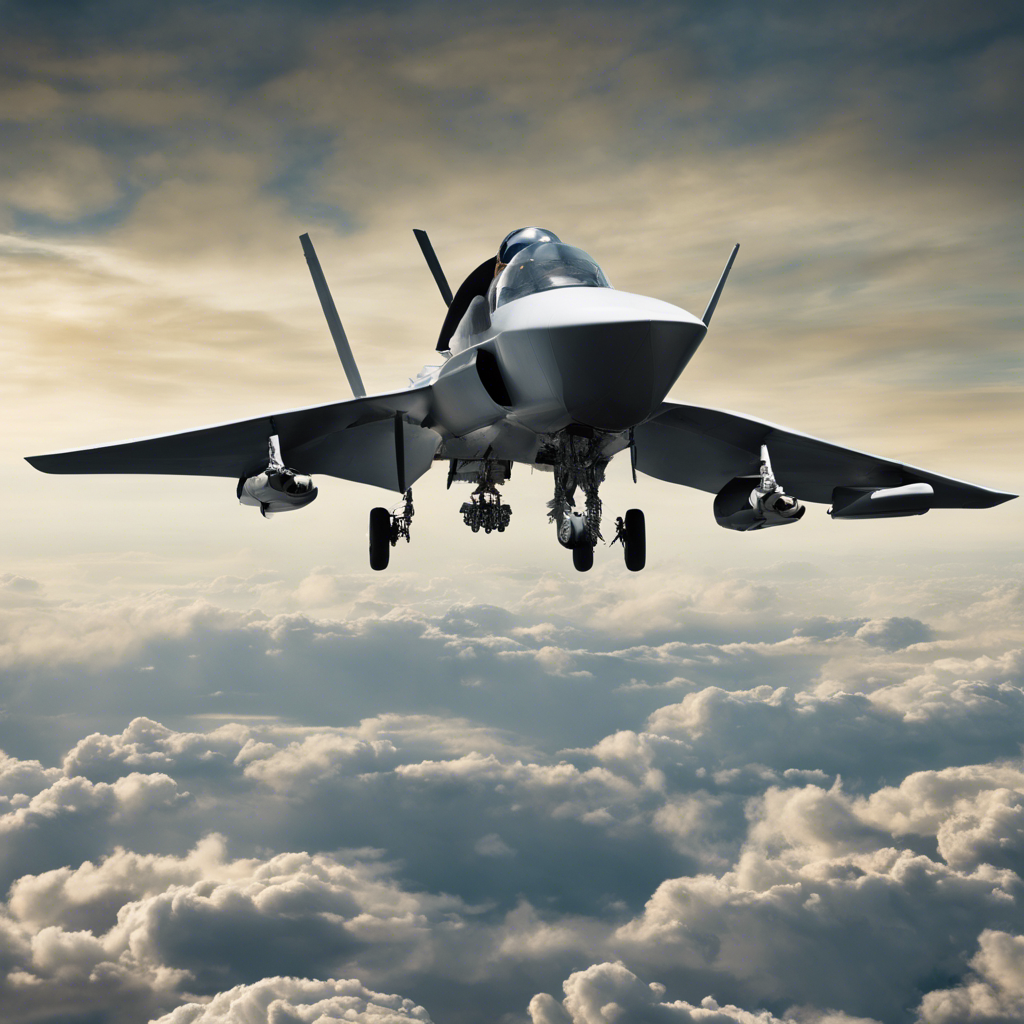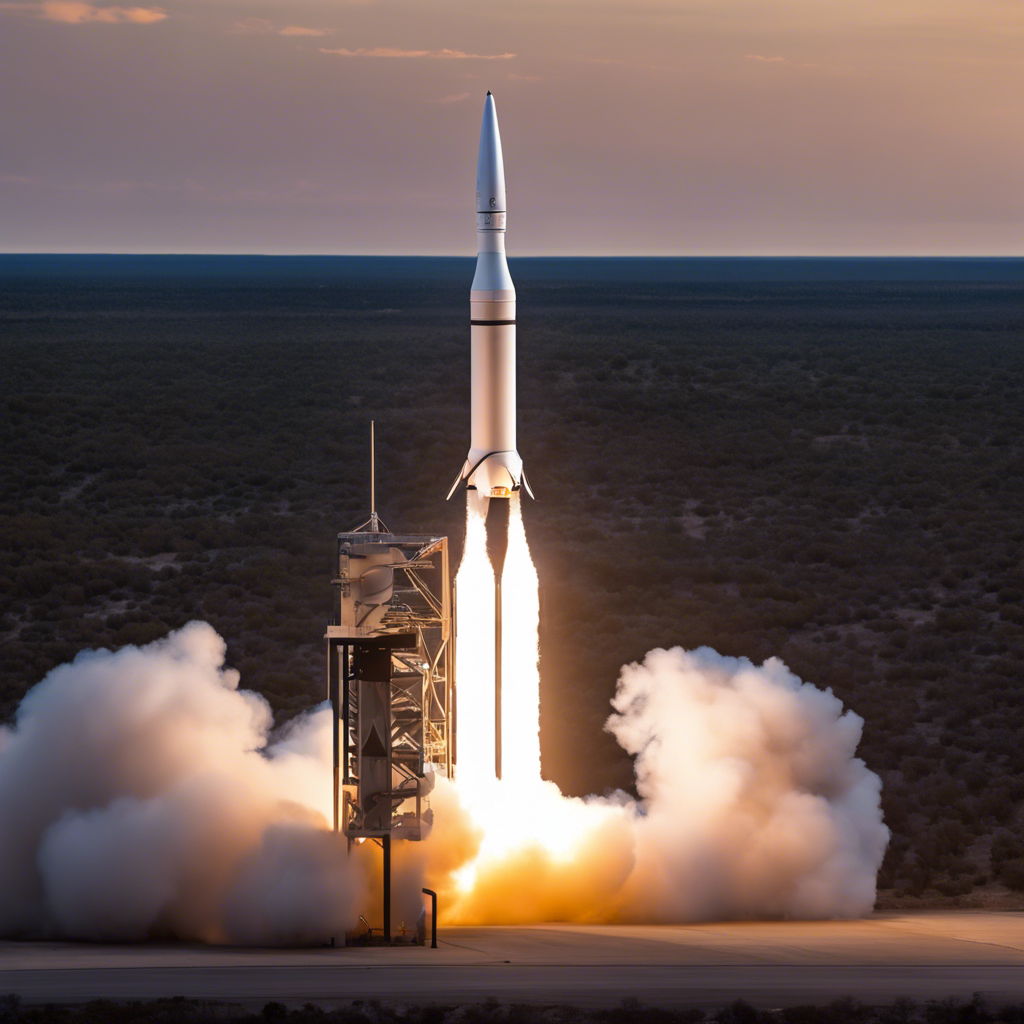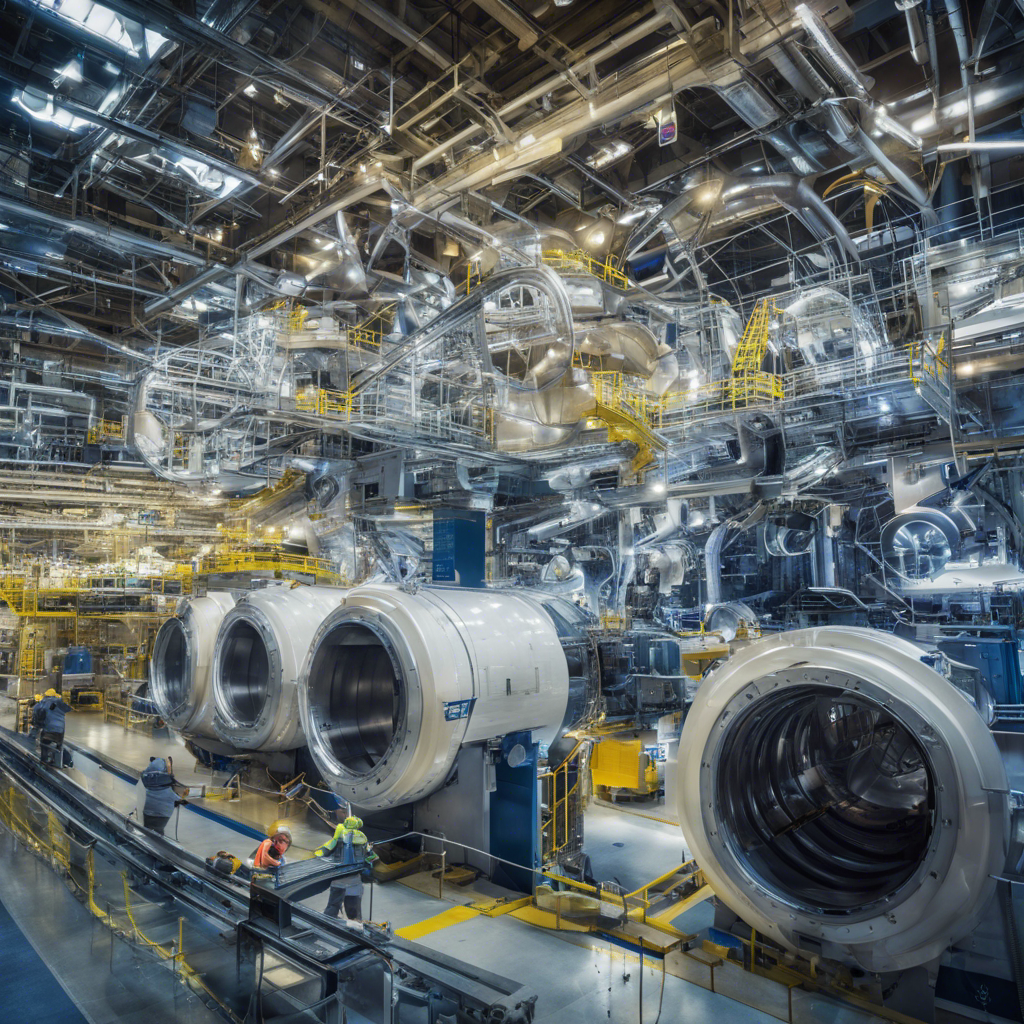Groundbreaking test paves the way for high-speed, long-range flight with increased efficiency
General Electric Aerospace has announced a major breakthrough in hypersonic technology with the successful demonstration of a hypersonic dual-mode ramjet (DMRJ) rig. This groundbreaking test, believed to be the first of its kind, utilized rotating detonation combustion (RDC) technology in a supersonic flow stream. The achievement holds the potential to revolutionize high-speed, long-range flight by significantly increasing efficiency. The demonstration, conducted at GE Aerospace’s Research Center in Niskayuna, New York, is the result of over a decade of dedicated research and development in the field of hypersonics.
Pursuing Hypersonic Capabilities
GE Aerospace’s Research Center in Niskayuna, New York, is at the forefront of developing and scaling hypersonic capabilities. With ongoing support from DARPA, the Air Force Research Laboratory, and the Missile Defense Agency, the center is focused on a comprehensive portfolio of technology programs. These programs encompass the development of high-temperature materials, high-temperature electronics, and hypersonic propulsion. The successful demonstration of the DMRJ with RDC is a significant milestone in GE Aerospace’s pursuit of becoming a leader in hypersonic technology.
A Breakthrough in Efficiency
Traditional air-breathing DMRJ propulsion systems require the vehicle to achieve supersonic speeds greater than Mach 3 before they can be activated. Ramjet engines, which lack rotating parts like compressors and turbines, rely on specially designed air inlets to compress the air for combustion. However, the efficiency of these engines is only optimized at speeds exceeding Mach 2 due to the higher temperature and pressure in the combustion chamber. To reach the minimum speed for ignition, ramjets often require additional means such as rocket boosters. GE Aerospace engineers have developed a rotating detonation-enabled dual-mode ramjet that can operate at lower Mach numbers, allowing for increased efficiency and longer range. The RDC technology enables more efficient thrust generation, with a smaller engine size and weight, by utilizing detonation waves for fuel combustion instead of traditional combustion systems.
The Power of Rotating Detonation Combustion
The rotating detonation combustion (RDC) technology used in the DMRJ rig produces a continuous pressure wave that rotates around an annular combustion chamber. This rotating combustion wave is then expelled as exhaust gas and accelerated through the propelling nozzle, generating thrust. The unique design and operation of the RDC system offer significant advantages in terms of efficiency and performance. According to GE Aerospace, the successful demonstration of the DMRJ with RDC is the culmination of 12 months of intensive work. The next step for the company is to demonstrate a full-scale DMRJ with RDC, scheduled for next year.
A Promising Future for Hypersonics
The successful demonstration of the hypersonic dual-mode ramjet with rotating detonation combustion technology represents a major milestone in the field of hypersonics. The potential for high-speed, long-range flight with increased efficiency has significant implications for various sectors, including defense, aerospace, and transportation. The advancements made by GE Aerospace in hypersonic technology position the company as a leader in driving new developments for its customers. With continued research and development, hypersonic flight could become a reality, revolutionizing the way we travel and explore the world.
Conclusion:
The successful demonstration of the hypersonic dual-mode ramjet with rotating detonation combustion technology by GE Aerospace marks a significant step forward in the field of hypersonics. The breakthrough offers the potential for high-speed, long-range flight with increased efficiency, opening up new possibilities in various industries. GE Aerospace’s dedication to hypersonic research and development, coupled with their strategic acquisition of Innoveering, has positioned them as a leader in driving advancements in hypersonic propulsion and ramjets. With further progress and future demonstrations, the dream of hypersonic flight could soon become a reality, transforming the way we travel and pushing the boundaries of human exploration.











